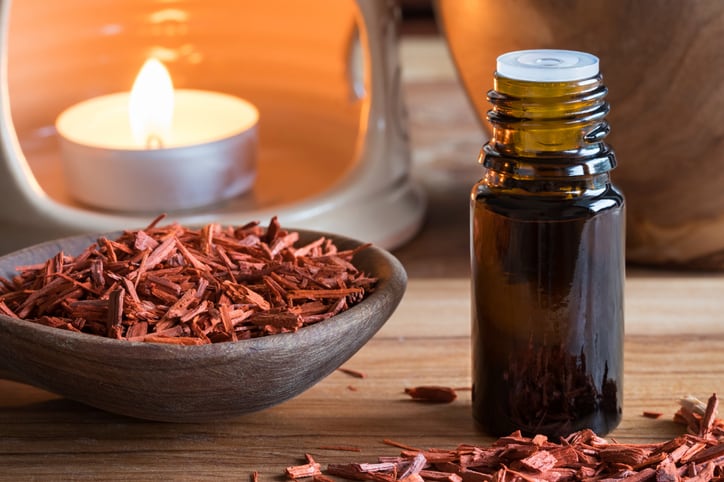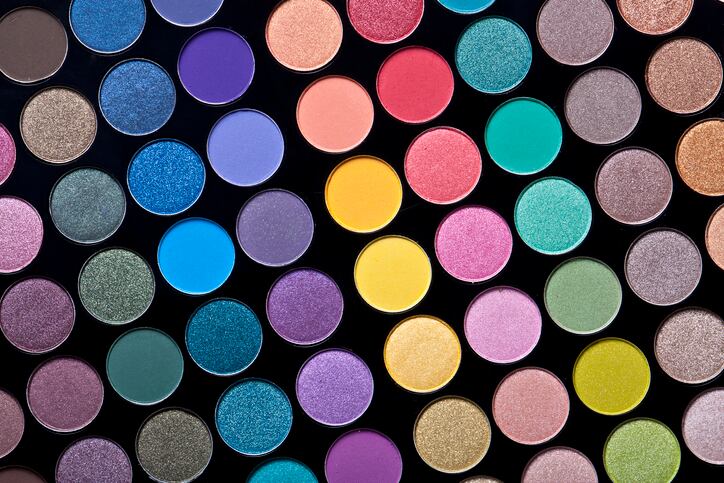CosmeticsDesign spoke with Kwanapa Phivnil, director of the Thai Trade Center, about what Thai beauty has to offer the US beauty market and what entering the market looks like.
This Q&A was conducted via email.
What is the value to the US Market of the inclusion of Thai beauty?
The US is a diversified but highly potential market with many subsegments. There is demand for natural and vegan cosmetics, beauty and personal care products for young people and millennials which is still untapped by current product offerings in the market. These consumers are looking for alternative natural options that are good for their total health while environmentally friendly.
Rising interest in Asian beauty was initiated by Korea Beauty and Japan Beauty. US Consumers are more aware of unique Asian herbs like ginseng that have prolific benefits without harsh effects.
Thai Beauty, or T Beauty, has combined its three main features into the unique selling points.
The first element is derived from the unique biodiversity of the country where we are famous for growing a large variety of plants, grains, herbs, fruits, and vegetables. Most of them have attributes and benefits to health either for body, skin, hair, and nail.
Jasmine Hom Mali rice, mangosteen skin, butterfly pea flower, ripe tamarind paste, silk protein and Soap Nut are some names of the ingredients that have been widely used among local manufacturers.
Secondly, these attributes have long been recognized and used in many traditional medicinal formulas both for oral and topical application. Some are like secret beauty recipes handed down from generation to generation. The extracts from local natural ingredients are proven by local ancient wisdom and backed up by the clinical research and lab research done by research universities.
Lastly, Thailand’s beauty and Thai Beauty is “Small but Beautiful”. Thai products come from various small and craft manufacturers around the country using local ingredients. Many of them are inherited with the family’s secret recipes with proven experience from their family members.
Plus all cosmetics and skin care products sold in Thailand must get Thai FDA approval before the market launch. Thai consumers learn to identify the Thai FDA seal of approval and the registration number marked on the labeling. US consumers have another level of assurance of product safety as producers need to comply with US FDA regulations before exporting to the US market.
What is the value of the Thai beauty world in moving into the US market?
Exposure and opportunities in the world market could increase Thailand’s export value. It will help small Thai manufacturers around the country including some craft and micro-enterprises in the outskirt area in terms of income for the household, market knowledge and connection.
What are the challenges of moving into the US market?
The challenges for Thai beauty products and Thai manufacturers in the US market can be viewed from two perspectives.
From the market side, the market is highly competitive. Most competitors in the US market are big companies that are well established in the market. It is hard for any new player, especially small companies, to have parity in terms of marketing investment or even to gain market acceptance.
The pricing structure for major retail chains is a big challenge, and the cost of marketing and promotion in the U.S. is high. It requires deep pockets for any brand to be successful in the long run.
From the Thai production side, Thai producers lack awareness and exposure among U.S. consumers, and limitation of availability in the retail channels.
The beauty of being small and sometimes craft producers can become a weakness if they focus more on the quality of the ingredients and the products rather than on competitive prices or packaging or fancy labeling. The manufacturing size can not scale up to make the cost per unit lower. Lack of resources both in capital and human resources for marketing is prominent among these SMEs.
Most Thai producers have little information on the US market and not all of them are English proficient.
What can the US market learn from the Thai beauty market?
The Thai beauty market, with an estimated value of more than $10 billion in 2020, is recovering from the downtrend caused by the COVID-19 crisis. The industry is expected to see a 3% growth in 2021, 4% in 2022 and 5% in 2023.
Demand for the two major markets, skincare and hair care, continues to grow strong as people give priority to personal hygiene and a healthy lifestyle style. The shifting to working from home has some negative effects on the sales of fragrances, sunscreen and male cosmetics.
Thai export has a bright future as OEM orders are increasing continuously. The major factor that hinders exportation the most is the supply chain crisis that causes higher costs of doing business. Thai Cosmetic Manufacturers Association has the ambition to elevate the Thai cosmetic industry as the leader in South East Asia.




